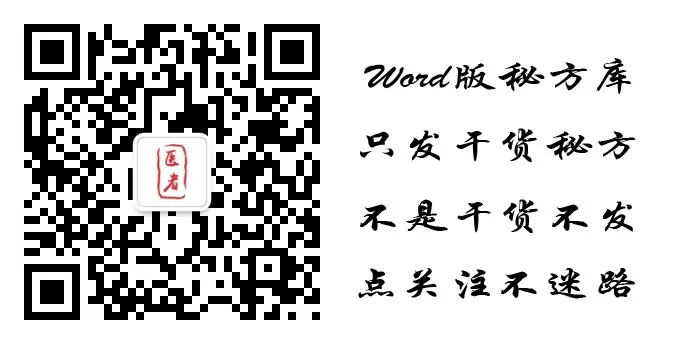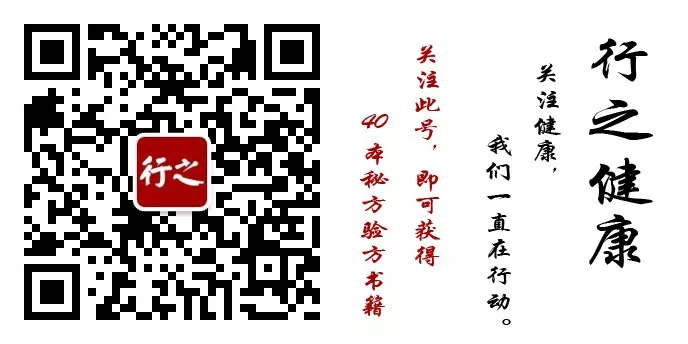Coronary Artery Atherosclerotic Heart Disease Author/Deng Tie-Tao Although Traditional Chinese Medicine (TCM) does not have a specific term for coronary artery atherosclerotic heart disease (commonly known as coronary heart disease), this condition has long been recognized. TCM literature describes various terms such as “true heart pain,” “chest obstruction,” “palpitations,” and “arrhythmia,” which collectively summarize the diagnostic and therapeutic content related to coronary heart disease. Patients with coronary heart disease often present with primary symptoms of chest tightness, heart pain, and shortness of breath, along with accompanying discomforts such as palpitations, dizziness, limb numbness, and fatigue. TCM posits that individuals over 40 years of age may experience a decline in vital energy (qi) and essence (jing). This condition is more prevalent after the age of 40, as the yang energy diminishes, and some patients may develop chronic conditions leading to deficiency of qi and blood. Therefore, qi deficiency is one of the common pathological mechanisms of coronary heart disease. Additionally, based on the principle that qi governs blood and the interdependence of yin and yang, some patients may also develop the condition due to insufficient heart yin. Symptoms such as chest tightness, heart pain, dizziness, and limb numbness, or signs like a dark red tongue and greasy coating, indicate stagnation of qi and blood stasis, as well as phlegm-dampness obstructing the heart vessels. These factors pathologically form a pattern of deficiency of righteous qi internally, with phlegm and stasis obstructing the heart. The deficiency of righteous qi (heart qi deficiency and heart yin deficiency) serves as the internal cause—this is the root, while phlegm and stasis are factors that continue to develop the condition—this is the branch. The former is categorized as deficiency, while the latter is categorized as excess, indicating that coronary heart disease is a condition characterized by deficiency at the root and excess at the branch, with qi deficiency, yin deficiency, phlegm-dampness, and blood stasis constituting the four main aspects of the disease mechanism. Based on the understanding of the disease mechanism, the treatment principle should focus on unblocking while supplementing, employing both methods. The proposed treatment principle is to tonify qi, resolve phlegm, and unblock stasis. Due to the author’s long-term work in Guangdong, where the climate is humid, patients are prone to phlegm accumulation, thus early treatment emphasizes resolving phlegm. However, whether resolving phlegm or unblocking stasis, the goal is to smooth the meridians and restore balance. Given the emphasis on the principles of tonifying qi and resolving phlegm and stasis, treatment measures should focus on the spleen and stomach. Based on the author’s experience, Wen Dan Tang (Warm the Gallbladder Decoction) with modifications is often used in clinical practice. Basic prescription: Ban Xia (Pinellia) 9g, Yun Ling (Poria) 12g, Ju Hong (Red Tangerine Peel) 6g, Zhi Qiao (Bitter Orange) 6g, Gan Cao (Licorice) 5g, Zhu Ru (Bamboo Shavings) 9g, Dang Shen (Codonopsis) 15g, Dan Shen (Salvia) 12g. Wen Dan Tang resolves phlegm and regulates qi, with Dang Shen tonifying qi and supporting the righteous; Dan Shen invigorates blood and unblocks stasis; the use of Zhi Qiao instead of Zhi Shi (Bitter Orange) is to gently regulate the middle and lower qi, as Zhi Qiao is milder and avoids excessive consumption of qi that can lead to stagnation. If qi deficiency is significant, Huang Qi (Astragalus) and Wu Zhua Long (Five Clawed Dragon) can be added, or 6g of Jilin Ginseng can be simmered separately, or 1.5g of Ren Shen (Ginseng) can be chewed; however, Dang Shen should not be used in excess, generally not exceeding 15-18g, as this condition involves a mix of deficiency and excess, and excessive use can lead to stagnation, which is not conducive to resolving phlegm and unblocking stasis; if heart pain is significant, it can be combined with Shi Xiao San (Lost Laughter Powder) or San Qi (Notoginseng) powder; if there is spleen qi deficiency, it can be combined with Si Jun Zi Tang (Four Gentlemen Decoction); if there is concurrent yin deficiency, Sheng Mai San (Generate Pulse Powder) can be used; if there is hypertension, add Jue Ming Zi (Cassia Seed), Sang Ji Sheng (Mulberry Mistletoe), and Zhen Zhu Mu (Mother of Pearl); if there is hyperlipidemia, add Shan Zha (Hawthorn), He Shou Wu (Fo-Ti), and Mai Ya (Barley Sprout); if there is kidney deficiency, add Yin Yang Huo (Epimedium); if there is blood deficiency, add Ji Xue Teng (Spatholobus). The principles of TCM treatment for coronary heart disease are still being explored and summarized across various regions. Generally speaking, in terms of treatment methods, phlegm and stasis obstruction should emphasize “unblocking,” such as aromatic opening methods, promoting yang and unblocking methods, and invigorating blood and resolving stasis methods. The internal deficiency of righteous qi (including qi deficiency and yin deficiency) should emphasize “supplementing,” such as qi tonification methods, warming yang methods, and nourishing yin methods. Practice has proven that the principles of supplementation and unblocking are inseparable in the treatment of coronary heart disease. Clinically, whether to unblock first or supplement first, or to unblock more and supplement less, or supplement more and unblock less, or to alternate between unblocking and supplementing, should be determined based on the specific type of coronary heart disease and the individual situation. One should not only focus on supplementing deficiency while neglecting the unblocking of phlegm and stasis, nor should one excessively unblock without supporting the root and righteous qi.
Appreciation


